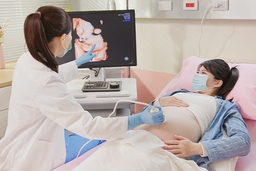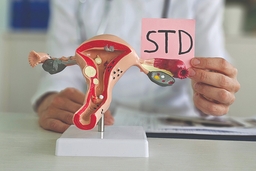My Breast Size Changed! Is This Normal?
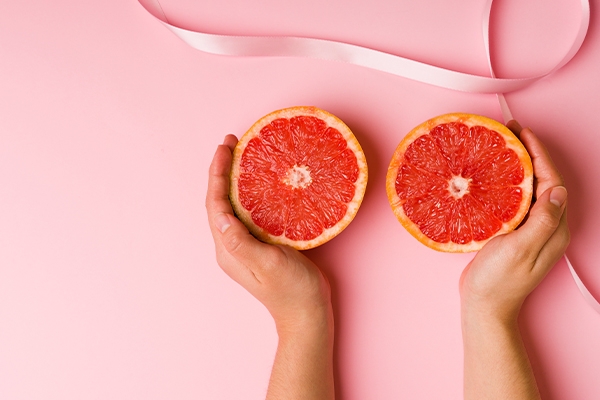
"If we are familiar with our breasts, we can feel when something is different," says Pamela Peeke, author of "Body-for-Life for Women." Menstruation, pregnancy, breastfeeding, puberty, and menopause all cause changes in the breasts. Aside from these periods, are there any other normal changes? When should we see a doctor?
Breasts are distinct. We must understand that no two people have the same breasts. Even the right and left breasts can differ. This is all normal.
When you feel a lump in your breast, you may consider cancer or other medical issues. Well, being careful is important, but we must first educate ourselves about breasts. Let’s not panic for unclear reasons!
Part of our breasts
Female breast anatomy components include:
- Breast body. The circular part that enlarges and is made up of fatty tissue.
- Areola. A dark circle of skin encircling the nipple.
- Nipple. The center of the areola.
Characteristics of healthy and normal breasts
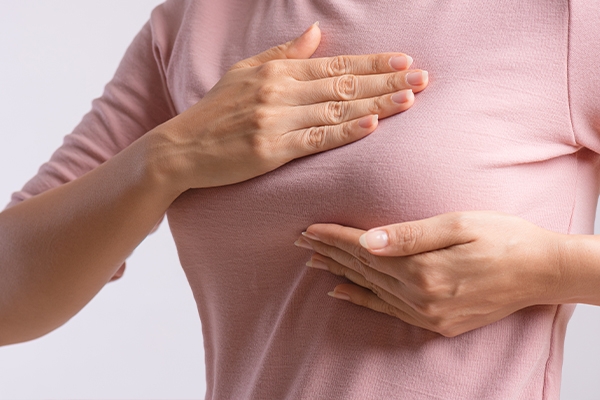
Healthy and normal breasts have the following characteristics:
1. No changes in appearance or shape
The appearance and texture of the breasts are consistent, but their size can change due to hormonal factors.
The right and left breasts, as well as the nipple and areola, can be different sizes. Women have the most prominent nipple shape, while men have an inverted nipple.
Healthy breasts do not have any lumps.
2. No discharge
Discharge from the nipple is normal during pregnancy, while breastfeeding, or after giving birth. However, the breasts do not produce any fluid outside of these conditions.
3. No pain or discomfort
Breast pain is common and nothing to be concerned about. Breast pain, according to Lauren M. DeStefano, a breast surgical oncologist, can be caused by hormonal factors or the use of an ill-fitting bra.
4. Fine hair around the areola
Fine hairs may be visible around the areola. This is also normal, though the function of these hairs has yet to be discovered.
5. No armpit swelling
It is important to check the armpits, particularly the lower part. Some of the breast fatty tissue is linked to the armpits. There is no swelling or lump in the armpits if the breasts are healthy.
6. No temperature difference
Healthy breasts have the same temperature as the rest of the body. According to some sources, the temperature difference between the breasts and the rest of the body should be less than 0.1 percent.
7. No color change
Healthy breasts have no skin-color changes, including itchiness, rashes, scaliness, redness, or swelling.
Everyone has different colors for their areolas and nipples. The nipple, for example, can be dark brown or pink. It all depends on your skin tone. Typically, the areola and nipple are the same color.
Causes of distinctive breasts
You may become concerned if you notice different breast sizes in comparison to others or to your previous state. What makes this possible?

Breasts change during menstruation, pregnancy, breastfeeding, puberty, and menopause. For example, breast size will increase during menstruation due to an increase in estrogen levels before the period. During pregnancy, the breasts will grow larger in preparation for breastfeeding. Your breasts will sag as you get older.
Remember that breasts also consist of fat tissue. So, they could change when you experience weight loss or gain.
Breast shape is determined by genetics. Because of genetics, each person's breasts differ in size, density, and tissue. Furthermore, someone who exercises regularly has firmer breasts.
See a doctor
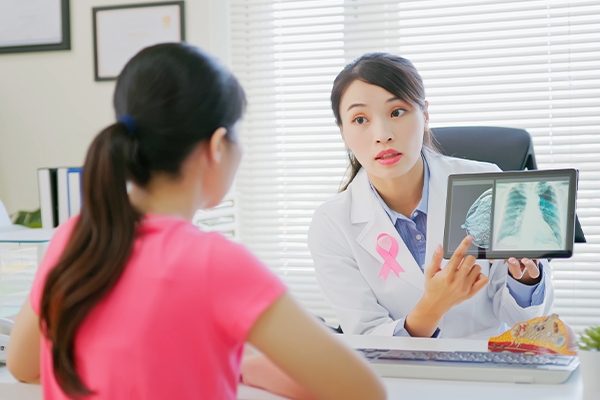
If you experience or notice any of the following on your breasts:
- unbearable discomfort or pain
- unusual redness or bruising
- blood, pus, or other "abnormal" fluids that leak from the nipple
- lumps or swelling in the breast or armpit
- feeling hot and irritated
- dry, cracked, or thickened skin (like an orange peel) around the nipple
- nipple inverted, flattened, retracted, or pointing inward
Get yourself checked out by a doctor right away!
Keeping your breasts healthy
It is never too late to improve your breast health. Taking care of your breasts is essential at any age.

Maintain a healthy lifestyle. How much weight do you have? Breast cancer is more common in women who have a BMI of 30 or higher. Consume a well-balanced diet rich in fruits and vegetables like broccoli, cabbage, and watercress.
Exercising for at least 30 minutes per day or 150 minutes per week is recommended. Even a small amount of physical activity is acceptable. It doesn’t have to be huge. If you do, you should stop smoking. Reduce your intake of soda and alcohol. Try to drink 2-3 liters of water per day instead.
Vitamin D is helpful in the prevention of breast cancer. The sun is the most abundant source of vitamin D. Allow yourself to be out in the sun, but don’t forget your sunscreen. Vitamin D can also be obtained through dietary supplements.
Wearing the wrong bra can also cause breast problems. Check that your bra fits your breasts. Select a soft fabric. Remember that your breast size can fluctuate. Check them out on a regular basis to find the best bra for you.
If your family has a history of breast cancer, your risk is increased, especially if it comes from a close relative (mother, female siblings, grandmother, or aunt). Consider genetic testing to see if any genes are linked to cancer.
Maintain regular check-ups. The Republic of Indonesia's Ministry of Health recommends the implementation of SADARI (Periksa Payudara Sendiri-Self-examine your Breasts) and SADANIS (Periksa Payudara Klinis-Clinically Examine your Breasts). Do both on the 7th–10th day of each month since the first day of menstruation.
Learn about your breasts first so that you can spot any problems.

